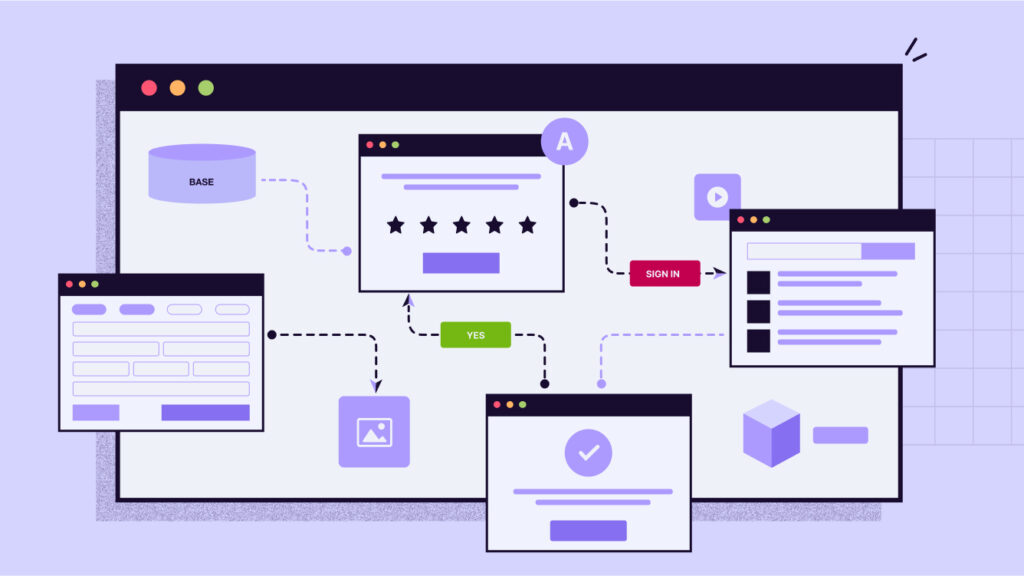Building Your Automation Roadmap—From Zero to High Impact
Introduction
If you’re running a small marketing, branding, or PR agency (say, fewer than 50 people), you’ve probably wondered: Where do I even start with automation? In this post I’ll walk you through a roadmap—from low-hanging fruit to high-impact systems—so you can build momentum, minimize risk, and maximize ROI.
Step 1: Understand Why You Need Automation
- It’s not just about doing more; it’s about doing better. Faster response to leads, fewer dropped tasks, higher consistency, better margins.
- As The Washington Post observed in its coverage of AI-automation among companies, many are adopting automation to improve worker productivity and reduce costs. The Washington Post+1
- And for many small business owners, as reported by The Guardian, the hesitation isn’t lack of interest—it’s uncertainty about trust, accuracy, cost, and whether automation will replace human value. The Guardian
So the first act is clarifying what you want automation to achieve: more leads? less churn? better profitability? smoother operations?
Step 2: Audit Your Existing Processes
List out all repeatable tasks in your agency. For example:
- Lead capture, qualification, follow-ups
- Client onboarding (intake forms, scheduling, document sharing)
- Social media content scheduling & approvals
- Email newsletters / drip campaigns
- Reporting to clients
- Internal communication & approvals
For each, consider: how many people are involved, how much time it takes, how many errors or delays happen.
Step 3: Prioritize Where to Automate First
Use criteria like:
- Highest time drain
- Highest error/delay risk
- Most frequent / repetitive task
- Tasks that affect client satisfaction directly
Often, lead response / follow-up, onboarding, and reporting are top candidates.
Step 4: Select the Right Tools
When selecting tools, especially for small agencies, focus on:
- Ease of use / learning curve
- Integration capabilities (CRM, project management, communications)
- Scalability & pricing matching your size
- Reliability & customer support
Some tools are “all-in-one” (CRM + automation + reporting); others are best-in-class for a specific task.
Step 5: Implement with Care
- Start with pilot workflows: e.g. automate email follow-ups for new leads. Monitor what happens. Iterate.
- Ensure data quality: garbage in = garbage out. Clean up your contact lists, standardize naming, ensure you’re collecting the right data.
- Keep humans in the loop: set checkpoints, human reviews, especially early on. Automation should augment, not entirely replace human judgment.
- Train your team: make sure people understand how processes work, know where to intervene, troubleshoot errors, and know what metrics to watch.
Step 6: Measure & Optimize
Key metrics to track:
- Time saved per week or month on automated tasks
- Lead conversion rate before vs after automation
- Client onboarding time
- Client satisfaction / feedback
- Cost per task or project
Adjust: drop or refine workflows that aren’t delivering, expand ones that are.
Step 7: Scale Up Smartly
Once you have small wins:
- Automate more customer touchpoints (e.g. renewals, upsells)
- Explore AI-assisted content creation (drafts, suggestions) where appropriate
- Automated reporting templates, dashboards for clients
- Automate internal workflow management (task assignment, deadline reminders, approvals)
Real-World Insight
- From The Washington Post’s reporting: “companies are using AI to reduce costs and boost productivity.” The Washington Post
- Also important: small businesses are often cautious. The Guardian reports many are using automation for low-risk tasks (chatbots, email drafting), but are not yet automating critical operations. The Guardian
That suggests: start with what you are comfortable with, build success, then expand.
Conclusion
Automation, when done thoughtfully, can be transformative for small agencies. It allows you to standardize quality, reduce friction, serve clients better, scale without blowing up your cost base, and keep your team focused on creative and strategic work (the parts that only humans can do). Use the roadmap above to get started, stay measured, and ensure that your agency doesn’t just keep up—but leads.

